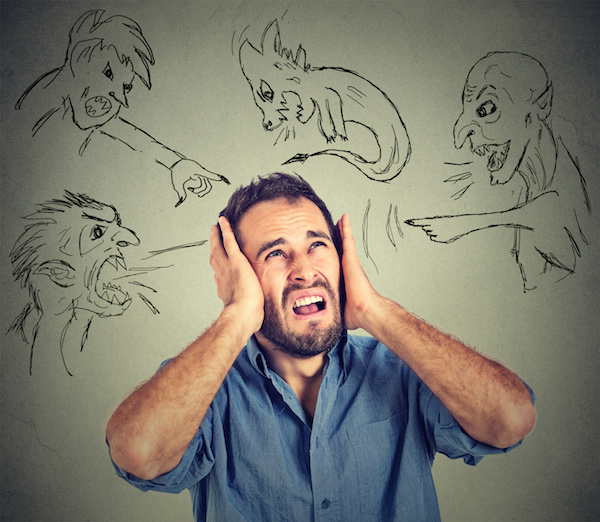
SATURDAY, March 5 (HealthDay News) — Warm weather will soon be here, and that means you’ll need to take steps to prevent heat illness when exercising outdoors.
You can stay safe by following a number of tips from the National Athletic Trainers’ Association (NATA) and the Korey Stringer Institute (KSI) at the University of Connecticut. The institute’s mission is to prevent sudden death in sport, especially from exercise-related heat stroke.
“We can’t completely prevent heat illness, but the following tips can help in any instance of physical activity in the heat,” Brendon McDermott, an athletic trainer at the University of Tennessee at Chattanooga and a member of the KSI medical and science advisory board, said in a NATA news release.
“The goal is to avoid potential consequences through education of athletes, coaches, parents and health-care providers about what can be done to prevent and treat exertional heat illnesses,” he added.
The tips from the NATA and KSI include:
- Gradually increase the intensity and duration of exercise in the heat. This process, which is called heat acclimatization and takes about two weeks, prepares your body for more intense, longer duration exercise in warm conditions.
- Make sure you take breaks during activity and get adequate rest between exercise sessions.
- Make sure you’re properly hydrated before you begin outdoor activities in warm weather. Continue drinking water or sport drinks during physical activity. If you’re properly hydrated, your urine should look like lemonade. Darker urine can signify dehydration.
- Try to exercise at cooler times of the day, such as early morning or evening.
- Don’t attempt strenuous exercise if you have signs of illness, such as fever, diarrhea or extreme fatigue. These can decrease your body’s exercise heat tolerance. If you suddenly fall ill during exercise in the heat, slow down or stop.
Heat-related illnesses include exertional heat stroke, in which core body temperature rises dangerously high and can lead to seizures, confusion and death if not treated quickly, and heat exhaustion, which is marked by dizziness, profuse sweating or pale skin, headache and nausea and is usually treated with rest and fluids.
More information
The American Academy of Orthopaedic Surgeons has more about heat injury and heat exhaustion.

